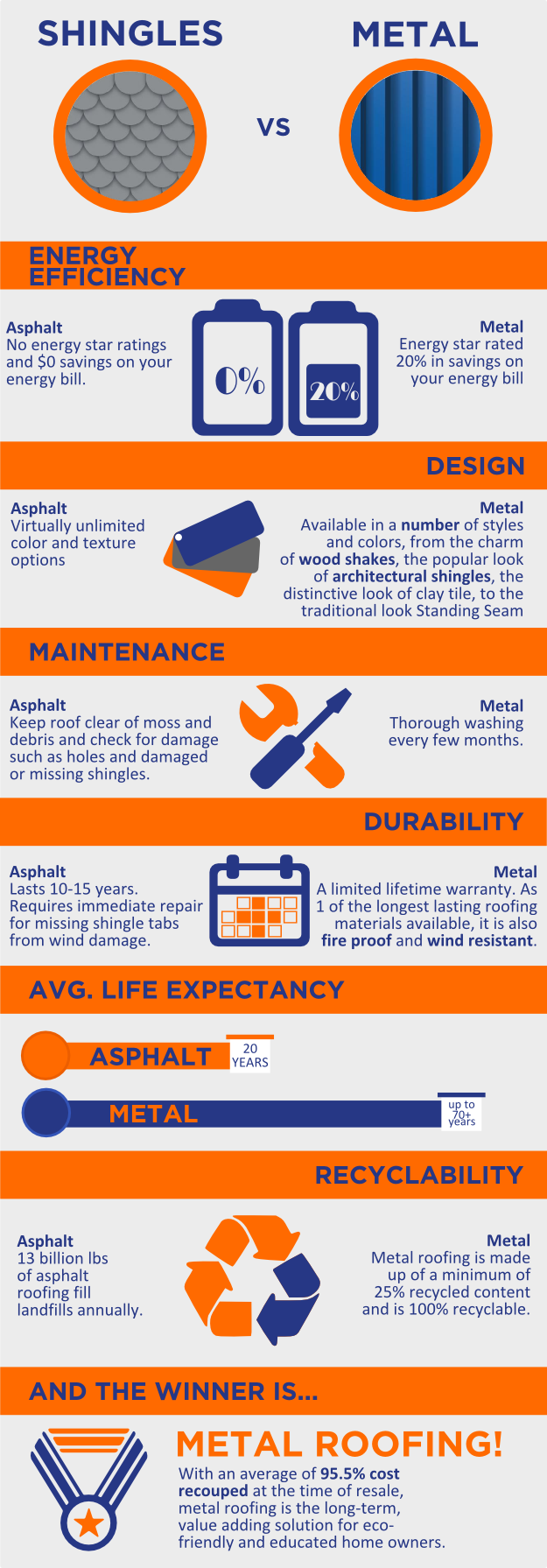First-Class Tips For A Complete Roof Evaluation
First-Class Tips For A Complete Roof Evaluation
Blog Article
Created By-McDonald Nordentoft
To ensure your roof covering remains in top condition, specialist pointers for a detailed examination can make all the difference. By mastering the art of taking a look at essential areas and spotting usual red flags, you might potentially conserve yourself from costly fixings down the line. So, are you all set to take the initial step in securing your home and improving your roof covering's long life?
Roofing System Assessment Preparation
Plan for your roofing inspection by gathering necessary devices and security devices. Start by guaranteeing you have a durable ladder that gets to the roof safely. Furthermore, get hold of a set of resilient work handwear covers to protect your hands from any type of sharp sides or debris. A dependable flashlight will also be available in useful, especially if you're inspecting the roofing in dark lighting conditions.
Next off, gather a caulking weapon and roof covering sealer to address any type of small leakages or damages you might encounter throughout the evaluation. A tape measure will certainly assist you accurately assess the measurements of any kind of trouble locations. Do not fail to remember to bring a notepad and pen to jot down notes or delineate diagrams if needed.
Last but not least, focus on safety and security by wearing non-slip shoes to stop accidents while getting on the roofing system. Think about using a safety harness or ropes for added protection, particularly on steep roof coverings.
Secret Locations to Check Out
Evaluate the roof's essential locations thoroughly to ensure a comprehensive examination of its condition. Start by taking a look at the roof shingles or roof covering material. Try to find any kind of indications of damages such as fractures, missing out on items, or crinkling edges.
Inspect the blinking around chimneys, vents, and skylights for any corrosion or gaps that could bring about leakages. Inspect the gutters for debris buildup and guarantee they're firmly connected to the roofing. Pay close attention to the roofing system valleys where water overflow is concentrated, as these areas are much more susceptible to leaks.
Next, analyze the soffits and fascia for any type of indications of rot or damage, as these elements are vital for proper ventilation and security against dampness. Evaluate the attic for any signs of water damages, such as spots or mold development, which might show a dripping roofing.
Lastly, inspect https://roofrepairemergency84061.newsbloger.com/31750466/clues-directing-in-the-direction-of-the-need-of-employing-an-expert-roof-specialist around air vent pipelines and various other roofing system infiltrations to guarantee they're intact and water tight. By thoroughly taking a look at these essential locations, you can identify any kind of potential concerns and resolve them promptly to maintain the stability of your roofing.
Common Roof Warning
Watch out for typical roof red flags that might indicate possible issues with your roofing's problem. https://www.facilitiesnet.com/roofing/article/Roof-Coatings-Come-of-Age--18944 or damaged tiles are a clear indicator that your roof may be jeopardized. Search for curling, bending, or blistering tiles as well, as these can indicate weathering or inadequate installation.
Water discolorations on your ceiling or walls are a warning for a dripping roof covering that needs prompt interest. Look for indicators of moss or algae development, as these can indicate trapped wetness, which might bring about rot. If you see granules from asphalt shingles in your seamless gutters, it could mean your roof is nearing the end of its lifespan.
Sagging locations on your roof covering suggest architectural damages and needs to be dealt with immediately. Finally, daylight coming through the roofing boards in your attic room signals a need for roofing system repairs. Keeping an eye out for these typical red flags can help you catch roof problems early and stop expensive damages.
storm window installation san antonio
To conclude, conducting normal roofing system assessments is crucial for recognizing and attending to issues prior to they escalate. By using the right devices and safety devices, focusing on essential areas, and being on the lookout for typical red flags, you can make certain the longevity and honesty of your roof covering.
Bear in mind, early detection and punctual repairs can conserve you money and time in the future. Keep positive and keep your roof in top condition.
